
The Miraculous Benefits of Surah Al-Fatiha: A Spiritual Guide Surah Al-Fatiha, the opening chapter of the Quran, is more than...
Continue Reading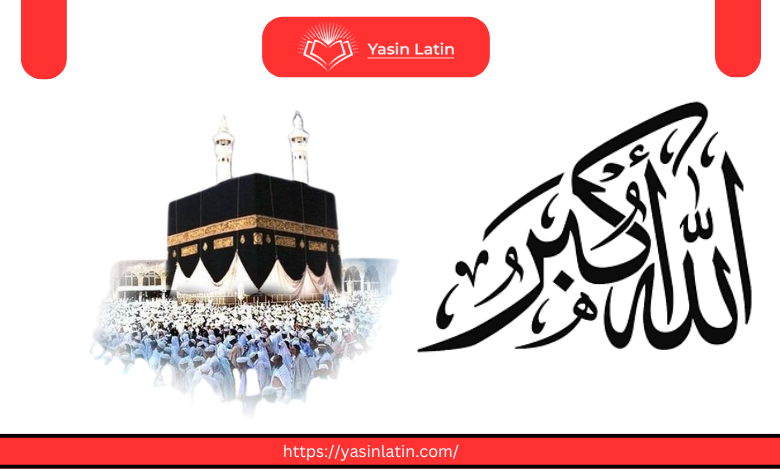
The Power of Takbir: Understanding "Allahu Akbar" in Islam The phrase "Allahu Akbar" (الله أكبر)—known as the Takbir—is one of...
Continue Reading
Surah Al-Nasr (سورة النصر), also known as "The Divine Support" or "The Victory," is the 110th chapter of the Quran....
Continue Reading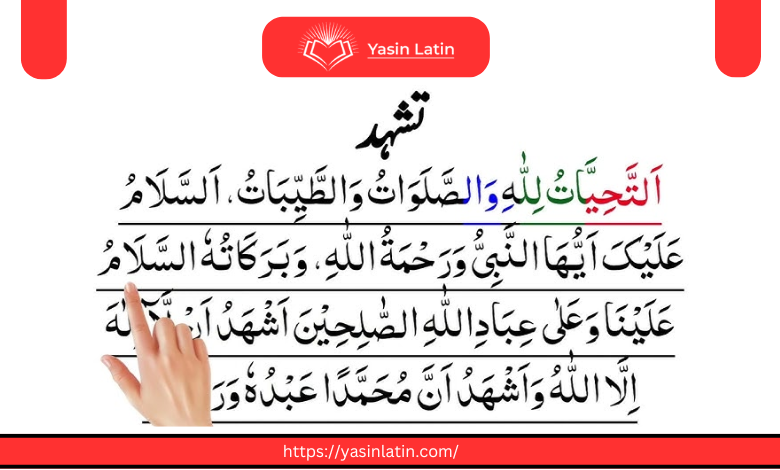
The Tashahhud (تَشَهُّد) is one of the most essential components of Islamic prayer (Salah). It is a declaration of faith,...
Continue Reading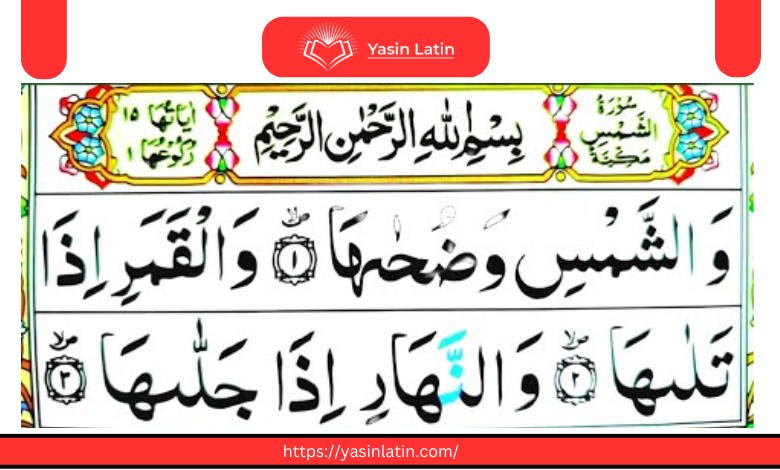
The Quran, the holy book of Islam, is a profound source of guidance, wisdom, and spiritual enlightenment for Muslims worldwide....
Continue Reading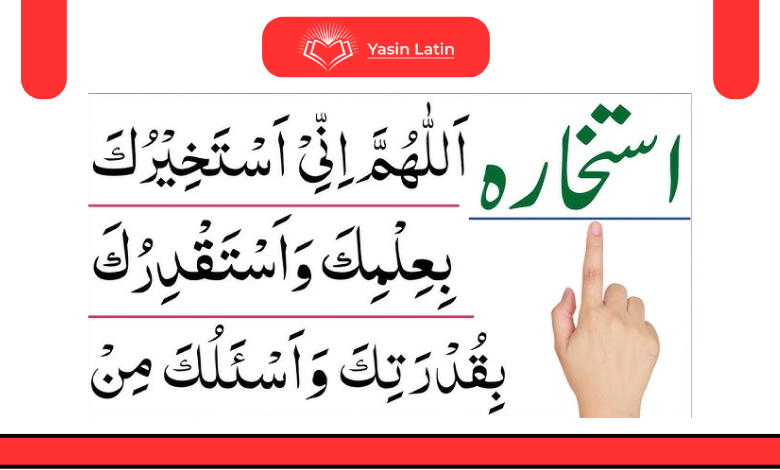
In life, we often face decisions that leave us uncertain and confused. Whether it’s choosing a career path, deciding on...
Continue Reading
Ayatul Kursi in Arabic and English Ayatul Kursi, also known as the Throne Verse, is one of the most revered...
Continue Reading99 Names Of Allah With Meaning And Benefits As-salamu alaykum wa rahmatullahi wa barakatuh (May peace, mercy, and blessings of...
Continue Reading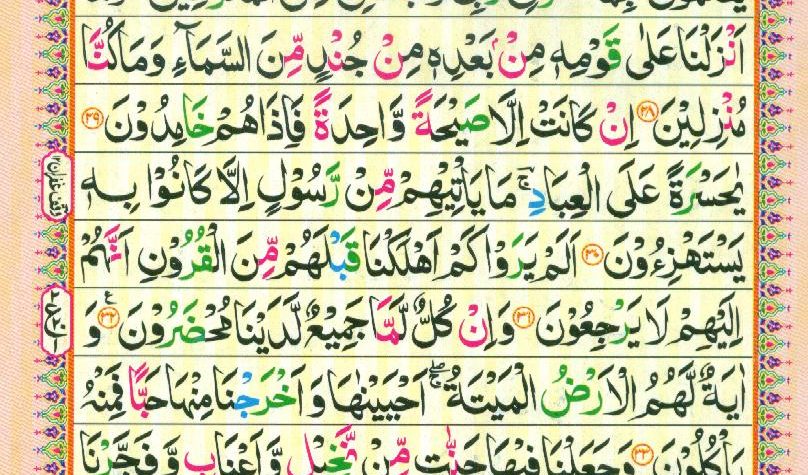
Surat Yasin Lengkap 83 Ayat Surah Yasin doa ke 36 Alquran tersedia di Suara.com. Surah ini merupakan bagian dari kelompok...
Continue Reading
Para 30: Understanding "Amma" in the Quran Quran begins with Surah An-Naba, also known as Para 30 Amma yatasa’aloon" (عَمَّ...
Continue Reading